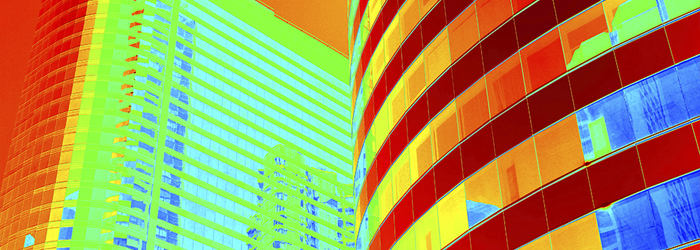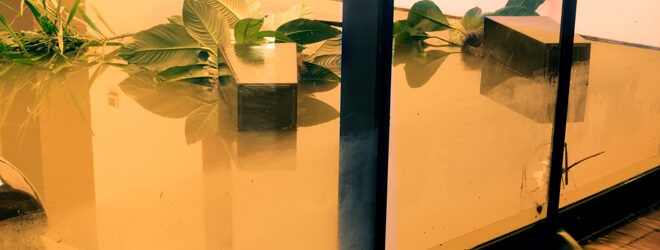Every year the insurance industry sees losses that result from fires started by poorly maintained electrical panels, wiring and under-rated circuit breakers or fuses. Losses can also arise from machinery and equipment which is over used, improperly used or poorly maintained. The majority of these losses can be prevented with the use of thermal image scans. These scans can also reduce the likelihood of downtime, loss of production or loss of an entire facility.
Thermal Imaging as part of a preventative maintenance program can bring value, minimize damage and reduce potential issues. Conducting thermal scans on electrical or mechanical equipment can improve operational efficiencies and reduce potential problems long before they arise.
Here are a few of the ways thermal imaging can be incorporated into your loss prevention program:
- Buildings: Heat loss and air (leakage) due to deficiencies in insulation, moisture build-up or concentration may illustrate a leak or potential damage (plumbing leaks, condensation). Under the right conditions, structure components can be scanned and any potentially missing, altered or changed structural components of the building can be identified or detected.
- Roof: Most roof failures occur within the first seven years. Scans can show water intrusion and accumulated moisture below the surface. The properties of water (high thermal capacity) typically will give off heat at a much slower release rate than surrounding roof materials – as a result moisture that accumulates can be detected. Assessments of roof surfaces are best done in the evening hours after the daytime thermal energy has elapsed.
- Electrical: Deficient connections between components can result in resistance or overloads which will show up in a thermal image as an apparent temperature elevation when compared to similar load conditions of similar connection types. These scans can also determine transformers (oil levels) issues.
- Mechanical: When operating under normal load conditions, thermal imaging scans on equipment and machinery can detect the following:
- Excessive friction
- Non-uniform heat flow
- Temperature distributions
- Motor and bearing wear
- Pipe insulation
- Tank levels
A thermal scan should be conducted whether your property or operations are small or complex. Thermal scans are more beneficial to owners of larger building, older structures, older electrical components, exposed wiring, high valued or critical production machinery and boilers. And of course, we always recommend that any scan be conducted with the assistance of a Licensed Electrician.



